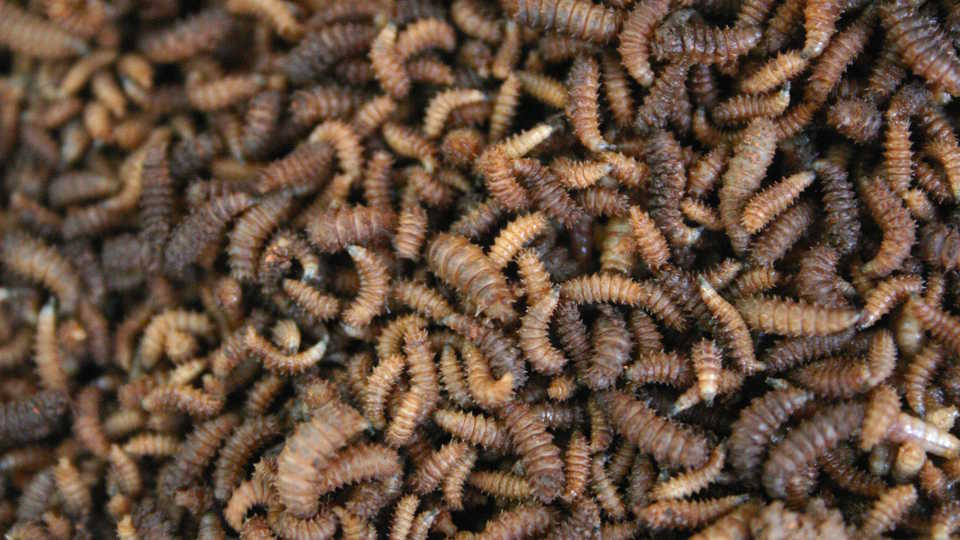Science News
Monday Bites: Eating Insects and Mushroom Juice

Eating Insects
Feeling a little peckish? Could you use some protein to make it through the rest of your Monday? How about having an insect or two or several dozen? Eating insects as a more sustainable protein isn’t a new idea—the United Nations has been promoting this idea since at least 2008. Insects are abundant, nutritious, and have fewer environmental impacts than beef, pork, fish and poultry. But if it’s not part of our culture, will humans do it, asked researcher Ophelia Deroy in Nature earlier this year. With Western foodie culture, she argued, it has to be fun—a culinary movement—to transform the gross factor. Another solution is feeding insects to livestock, according to a feature in Science last week. Instead of utilizing so much land to grow animal feed, “Insects could provide much of the protein animals need at a much lower environmental cost; many insect species can feed on manure… or other types of organic waste, such as leftover food, offal, and grains discarded by breweries.” Some farms in Europe are already trying it!
Mushroom Juice for Bees
An amateur mycologist and a scientist in Washington state might have the perfect solution to fight colony collapse disorder, the phenomenon killing millions and millions of honeybees in the United States and Europe: mushroom juice. According to a post on NPR, mushroom expert Paul Stamets saw bees sipping from mushroom roots outside of his house. Scientist Steve Sheppard from Washington State University thought that might just be the key for bees to battle viruses and the destructive Varroa mites, and has been making little fungi cocktails for bees in his lab. So far, so good. “The product seems to be killing mites without harming bees,” Sheppard told NPR.
Art for the Birds
Two arty books about birds hit the shelves (and the news) recently. The first, Nextinction, is by the artist Ralph Steadman and conservationist Ceri Levy. The authors may sound like an odd combination, but it’s actually the team’s second book about birds on the edge, or past the point, of extinction. Scientific American has more information about the books, which “are much, much funnier than you’d expect.” Photographer Todd Forsgren has spent a lot of time following ornithologists studying birds in mist nets. The results, published in his new book Ornithological Photographs, are both stunning and unreal. Nature Blogs has some images from the new book and interviews Forsgren about the ethics of mist netting.
Image: Paul venter/Wikipedia